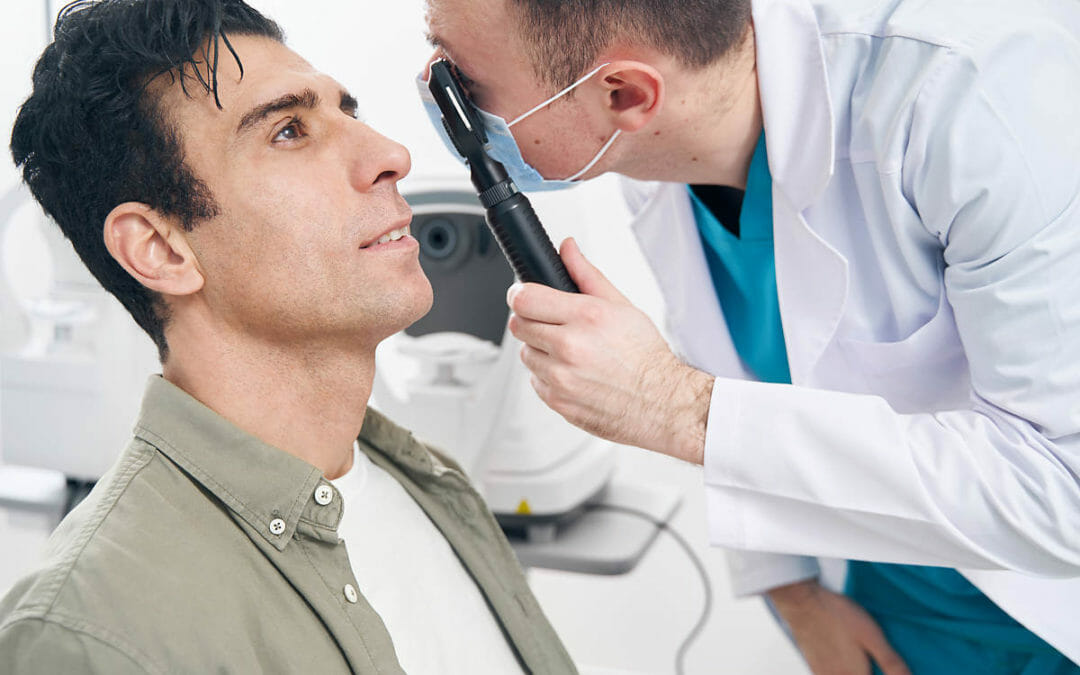 Symptoms of blepharitis are red, itchiness, and inflammation of the eyelids. While they usually do not cause vision impairment, blepharitis can be uncomfortable and frustrating. Treatment goals include reducing symptoms and minimizing structural damage. A proper diagnosis is important in order to determine which treatment is best for your specific case. A good treatment program also includes patient education and compliance. Listed below are some tips to help you manage the symptoms of bladder fungus.
Symptoms of blepharitis are red, itchiness, and inflammation of the eyelids. While they usually do not cause vision impairment, blepharitis can be uncomfortable and frustrating. Treatment goals include reducing symptoms and minimizing structural damage. A proper diagnosis is important in order to determine which treatment is best for your specific case. A good treatment program also includes patient education and compliance. Listed below are some tips to help you manage the symptoms of bladder fungus.
How to Treat : Examination
The first step in treating blepharitis is to get a thorough eye examination. It can be caused by a variety of skin conditions or bacteria. It can affect either the outer or inner edge of the eyelid. It may also cause inflammation or swelling, as well as redness or irritation. While blepharitis isn’t contagious, it can result in secondary infection.
Another important step to treating it is to follow your doctor’s advice. A proper examination will reveal any underlying cause for your eyelid condition. Your eye doctor will examine your eyes, eyelids, and eyelashes for abnormalities. He or she will also perform a microscopic examination of the gland openings in the face. In addition, the doctor may also take a sample of your eyelid material to test for bacteria. Although blepharitis is a chronic condition, it can be treated at home. Warm compresses on closed eyelids can soften crusts and loosen oily debris. In addition to the above-mentioned treatments, it’s important to keep your eyes clean.
Forms
The most common form of blepharitis is seborrhea blepharitis, which is not caused by an infection. It is caused by an overproduction of oil secretions by the meibomian glands. It produces greasy scales along the eyelid margins. Patients with seborrheic dermatitis often experience blepharitis. These patients typically have acne rosacea.
The most important treatment is to maintain good hygiene. Make sure you wash your hair regularly with an antibacterial shampoo. Likewise, you should avoid using makeup or cosmetics on your eyelids. This can exacerbate the condition. In both cases, the most important step in treatment is to avoid contact with the affected eyelid. The medication you take is important for your overall health.
Treatment can involve coconut oil. It contains antibacterial and anti-inflammatory properties that can reduce the burning and itching that are characteristic of the condition. Moreover, it can be used as a natural remedy. Aside from using coconut oil, other methods of treatment include applying warm compresses. If the symptoms persist, see a doctor help you treat the underlying condition.
Moreover, it can be caused by a bacterial infection. Bacteria naturally occur on the skin, but the overgrowth of bacteria can cause overgrowth and irritation of the eyelid skin. Other causes are a Demodex mite infestation. These mites live on the eyelashes and can irritate the skin surrounding the eyelashes. These mites can cause irritation and redness of the skin.
Among the causes, the most common is seborrheic blepharitis. This type of blepharitis is often associated with dandruff. It causes greasy flakes on the eyelid. The eyelashes themselves can also become matted, which can lead to them falling out. If the infection is severe, the cornea can become inflamed and the eyelid may become infected.
Treatment: Steroids
In rare cases, steroids may be prescribed. This is the last resort and should be used only in cases of severe blepharitis. While steroid-based medications can reduce inflammation, a good hygiene regimen is essential for preventing this disease. Taking care of the eyelids will keep your eyes healthy and free of blepharitis. The steroidal solution will increase the production of eyelid oil and prevent your eyes from becoming red or dry.
Some people are more prone to blepharitis than others. Infections and allergies are common causes of blepharitis, but it can also be the result of a bacterial or viral infection. In such cases, antibiotics can be prescribed to control the symptoms and prevent the development of the disease. However, they can only be used when there are no other treatment options available. Depending on the severity of the symptoms, an oral medication may be necessary.




